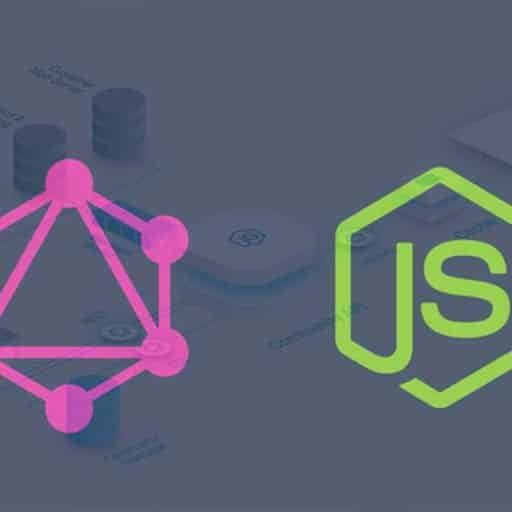
Node.js and GraphQL are two powerful technologies that can be used together to build efficient APIs. In this article, we will explore how these technologies work together and the benefits they provide.
Node.js is a JavaScript runtime built on Chrome’s V8 JavaScript engine. It allows developers to build scalable and high-performance applications using JavaScript on the server-side. Node.js uses an event-driven, non-blocking I/O model, which makes it lightweight and efficient.
GraphQL, on the other hand, is a query language for APIs and a runtime for executing those queries with your existing data. It provides a flexible and efficient approach to querying and manipulating data, allowing clients to request only the data they need in a single request.
When used together, Node.js and GraphQL can provide several benefits for building efficient APIs:
1. Efficient Data Fetching: With GraphQL, clients can specify exactly what data they need, and the server will only return that data. This eliminates over-fetching and under-fetching of data, reducing the amount of data transferred over the network and improving performance.
2. Batched Resolvers: In GraphQL, resolvers are responsible for fetching the data for a specific field. With Node.js, you can batch multiple resolver calls together, reducing the number of database queries and improving performance. This is especially useful when dealing with complex data relationships.
3. Caching: Node.js provides a built-in caching mechanism that can be used to cache the results of expensive database queries or API calls. By caching the results, subsequent requests for the same data can be served from the cache, reducing the response time and improving performance.
4. Real-time Updates: Node.js has excellent support for real-time applications through technologies like WebSockets. With GraphQL subscriptions, you can easily implement real-time updates in your API, allowing clients to receive updates in real-time without the need for polling.
5. Ecosystem and Tooling: Both Node.js and GraphQL have a vibrant ecosystem with a wide range of libraries, frameworks, and tools. This makes it easy to build and maintain efficient APIs using best practices and industry standards.
In conclusion, Node.js and GraphQL are a powerful combination for building efficient APIs. They provide a flexible and efficient approach to data fetching, caching, real-time updates, and have a rich ecosystem of tools and libraries. By leveraging the strengths of both technologies, you can build high-performance APIs that scale with your application’s needs.